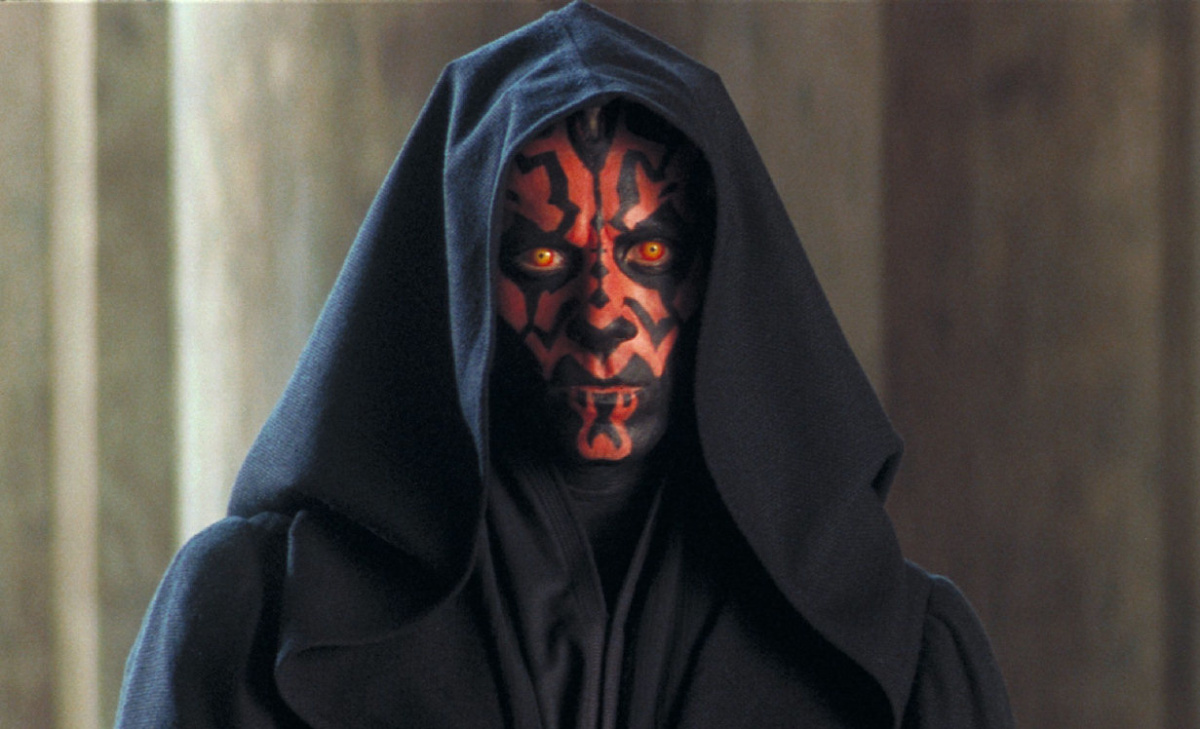
In our film culture, you are either with the critic or you are against them. More often than not, a good critique affects the view of the product whether personally enjoyed or hated. This tends to add a certain bias towards movies that hold consistently negative review.
The following list is that of films that aren’t necessarily good, but don’t deserve the reputation they have earned.
10. Spawn (1997)
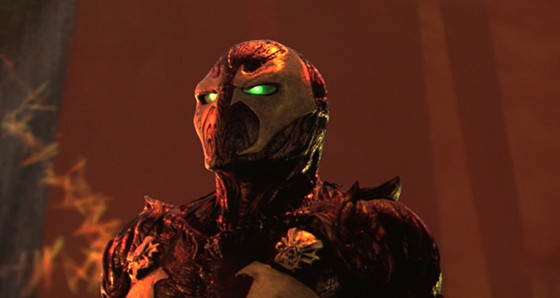
What we expected: Coming from a well marketed, exciting trailer, expectations were high for Spawn. Based on the comic of the same name, the film presented a dark, gritty story of an assassin who finds a new career as the devils general after being murdered. The film’s idea appeased both casual and dedicated fans of the series.
What we were given: The biggest criticism of the film is its lack of direction and use of effects. The film doesn’t explain Spawn’s necessity to the devil’s cause nor lead the plot in its ongoing direction.
With examples of the character telling Spawn “If you fail, you will die” though already being in hell, the script falls victim to lazy writing and leaves important details to be discovered off screen. With flashy seizure inducing effects, a under designed villain and blatant rip offs of the Batman films, Spawn has found itself at a 19% on rotten tomatoes and was a modest box office hit.
How it holds up: The film was released at the worst possible time; just two months prior, fans and critics alike were destroying Schumacher’s Batman and Robin, which left little hope for the ailing superhero genre, especially from a much more independent comic like Spawn.
The film itself has makeup that holds up exceptionally well, with work done by the people who have worked on Evil Dead and later Walking Dead. The film, much like comic books, doesn’t take itself too seriously, which gives it a more inviting chance to open to the idea of its narrative.
The dedication to the roles of each character is very convincing as well, especially in John Leguizamo’s Violator. It’s easy to appreciate that a lot of effort has been put into the production even though its budget gravitated towards makeup over effects and writing. If observed from a broader point of view and not too deeply into the story, it’s easy to please the most casual of superhero fans.
9. Mortal Kombat (1995)
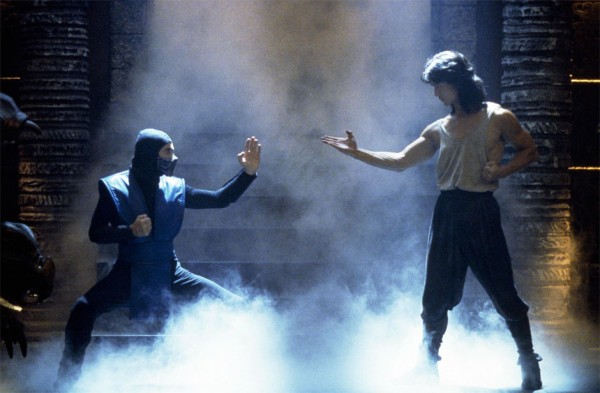
What we expected: Mortal Kombat was the game that created an uproar among political figures and parents, initiating the ESRB rating. With intense violence, blood and gore, the series was widely popular in the early nineties; so fans expected the same treatment when a movie was announced.
What we were given: The hype behind the film was well understood with the game’s enormous following. It opened at #1 at the box office, at the time being the highest grossing video game film. To many, the biggest flaw in the film is its PG-13 rating, which felt diminishing, especially with such potential in violence.
The film offers several clichés found in the era’s action films such as one liners and unnecessary amounts of mindless fight scenes. The use of fatality, perhaps the series most iconic trademark, is vastly underutilized with little literal violence and an uncharacteristically low end body count. To many the end result was a disappointment in what was sure to be a bloodbath.
How it holds up: Video game films to this day are well known for their lack of depth and relevance to its content. This is justifiably so with such a thin story attached to the action of a game. With its predecessors Street Fighter and Super Mario Bros. having excruciating results, Mortal Kombat stands out because there is already a registered plot, the writers didn’t have to change much of it.
The films looks like the game with the characters closely resembling each other with great precision. It’s also very easy to follow, the fight scenes are done exceptionally and serves its own moral. If observed from an action film perspective over a fighting game action film, it’s easy to appreciate the homage to the franchise.
8. Children of the Corn (1984)
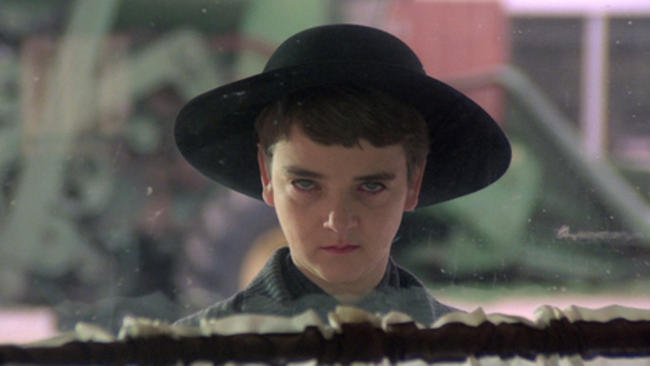
What we expected: Stephen King film adaptations have come with a hit and miss reaction from fans of his work. With films like Carrie, The Shining, and Cujo earning cult status, Children of the Corn had expectations. The film is based on King’s short story of the same name about a town overrun by children who have murdered the adults in order to appease their religion.
What we were given: With the story being as short as it is, the film finds itself losing pace with added filler and unnecessary jump scares for appeal. The story itself hasn’t been marketed as one of King’s finest stories or leaving the idea that “corn is scary” to most viewers over the purpose of its religious telling.
How it holds up: The film, though dismal in story, makes up for it in dedication. The characters, primarily Isaac the leader of the cult, show great dedication to the religion they’re selling, which makes for a great exploitation film.
The best example for this is the line “any religion without love and compassion is false.” The idea of that conjures such films as the Wicker Man in an approach to death through sacrifice. Its scares are effective and its premise, though thin, is consistent throughout the story.
7. Planet of the Apes (2001)

What we expected: Tim Burton was at his directorial peak coming fresh out of a highly successful lot of films. With the beginning of the 21st century, he coined the phrase “re- imagining” or more commonly known by today’s standards as rebooting. With the fresh idea of taking an old story and telling it new, this project was Planet of the Apes.
What we were given: It is often criticized that Planet of the Apes is all makeup and no script. It’s hard to deny the effort put into the product, but the value gets lost along the way. The film includes several in jokes to pay homage to the original, but the references have been misplaced as far as substituting the drama of a death scene with “damn them all to hell”, Drastically diminishing the scenes momentary value.
Another key issues, is that no effort is done to redub lines, which at times make the ape characters very hard to understand through the costumes. The film itself feels very confused in commentary. For example, some humans speak, some can’t, sometimes apes are confused by human intelligence, and sometimes they’re well aware of it. It also falls victim to poor development with the end result finding the heroes to be bland, the villains confused and no direction to change it.
The most popular criticism is the ending. Without any possible reason nor connection, the apes take over earth though the time gap between planets is never explained nor understood how an ape’s earth looks exactly like the humans.
How it holds up: Though more often hated than not, the reboot has become a quintessential idea of storytelling in the 2000’s. The film in particular shows how a new look at an old product can help not only reinvent the idea, but to give a vision of the original source to increase its value and popularity.
The film tries hard to modernize the franchise while also giving it a flare for design. The makeup to this day still looks incredible and may be one of the only aspects of the film that betters over the original.
The re-imagination idea, is very similar to that of tradition, in the instance where story telling is being retold with a few changes. To many, this film introduced audiences the opportunity to do so.
6. The Purge (2013)
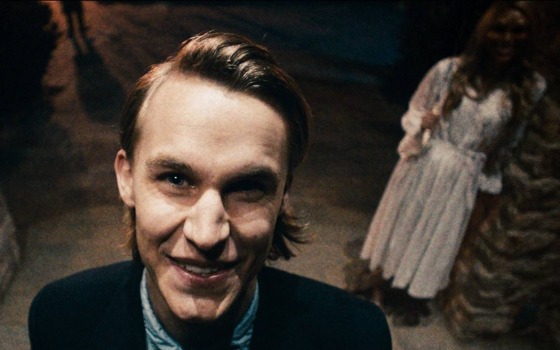
What we expected: The Purge opened to much controversy going as far as fear. Many filmgoers were left with the fear of an actual “purge” happening in local areas, especially with the 2012 Dark Knight Rises shooting occurring less than a year before the film’s release. The idea of the film allowed for all crimes to be legal for one day in order to maintain a “safer world.”
What we were given: The film was largely successful at the box office and showed promise for franchise and marketability. But in the end it was an idea everyone fell for that no one could identify with. It takes itself seriously yet the idea is so absurd it becomes hard to get into the story nor sympathize with its details.
Only focusing on murder (when all crime is legal) is also a narrow minded approach to telling its story, with the antagonists only looking to murder one random character for sport over showing a reason for the action.
The film never truly addresses the purge as a whole. The annual “season” starts within minutes of the film without any buildup as to how and why it’s happening nor gives reactions to how the characters feel about it other than saying that “it’s important” It ends by saying the purge was the biggest success it has ever been with absolutely no details why.
How it holds up: The idea is silly and not particularly meant to be taken seriously. It’s ironic and hammy, working much better as a black comedy or even a satire of an exploitation film. The characters do show such an ironic delivery that hints at the idea that the director knows it’s not serious which makes it all the more fun.
The main antagonist, for example Henry, shows such an over the top performance almost as if acting out a classic horror villain trope. If the film is as taken as absurd as it’s presented, it’s much more understandable what the message conveys.